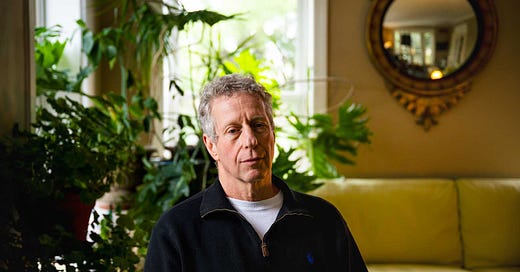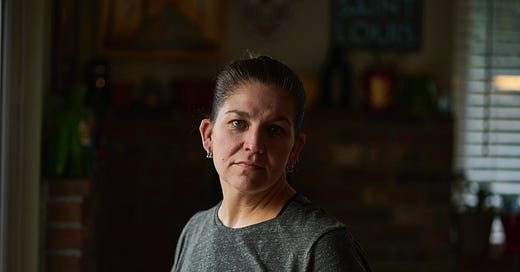He Was a World-Renowned Cancer Researcher. Now He's Collecting Unemployment.

David Sabatini. (The Royal Swedish Academy of Sciences)
Behind the fall of David Sabatini, 'one of the greatest scientists' of his generation.
948
In 2018, David Sabatini was a world-renowned molecular biologist. He was a tenured professor at MIT. He ran a major lab at the Whitehead Institute, overseeing a team of 39 researchers, postdocs and technicians. Their job was to disentangle the mystery of the mTOR signaling pathway, a protein Sabatini had discovered while still in medical school, at John…
Enjoying the story?
Enter your email to read this article and receive our daily newsletter.
Error
Already have an account?
Sign In














